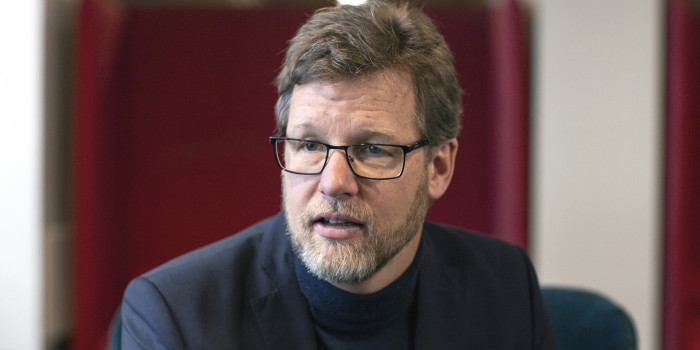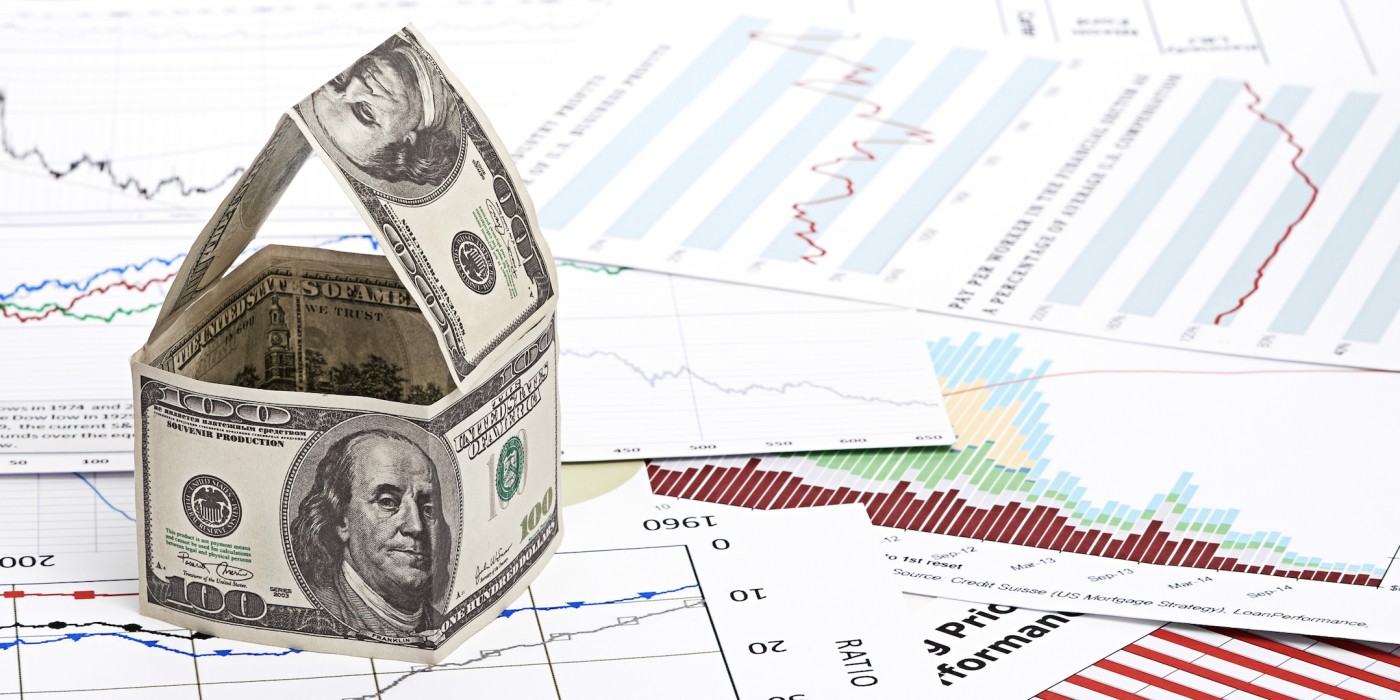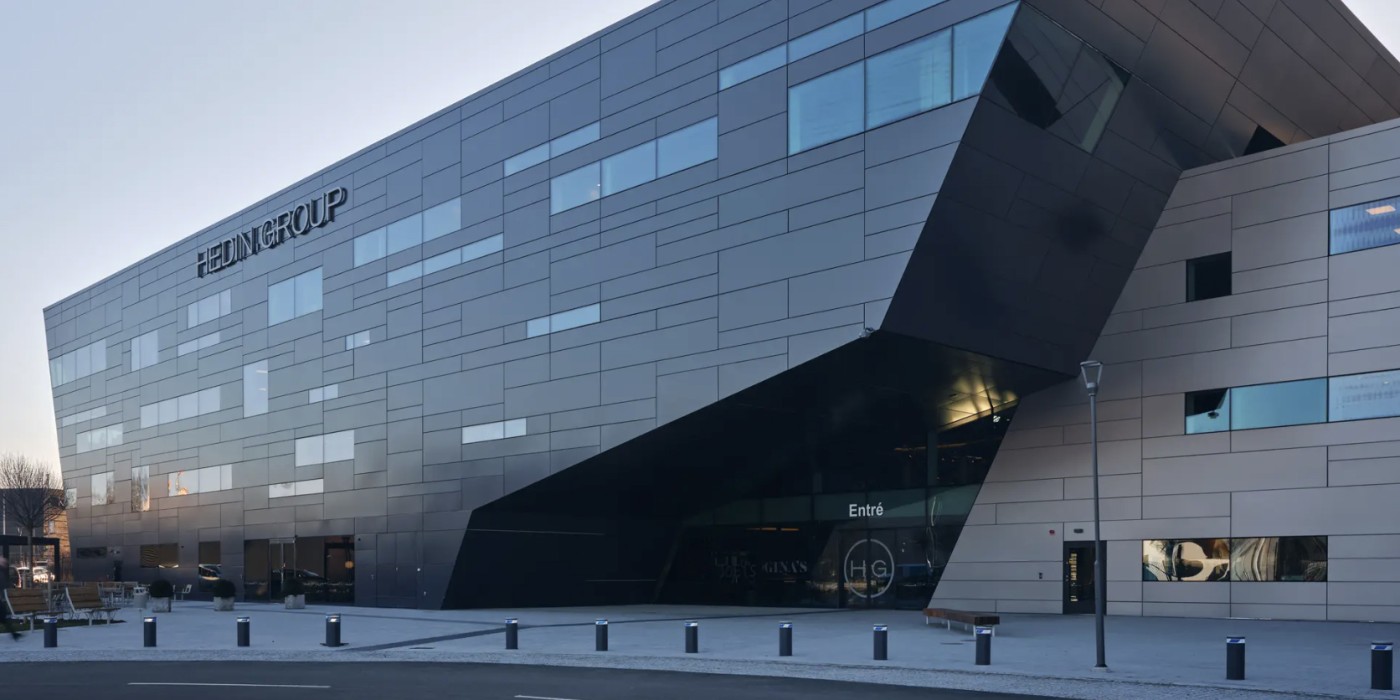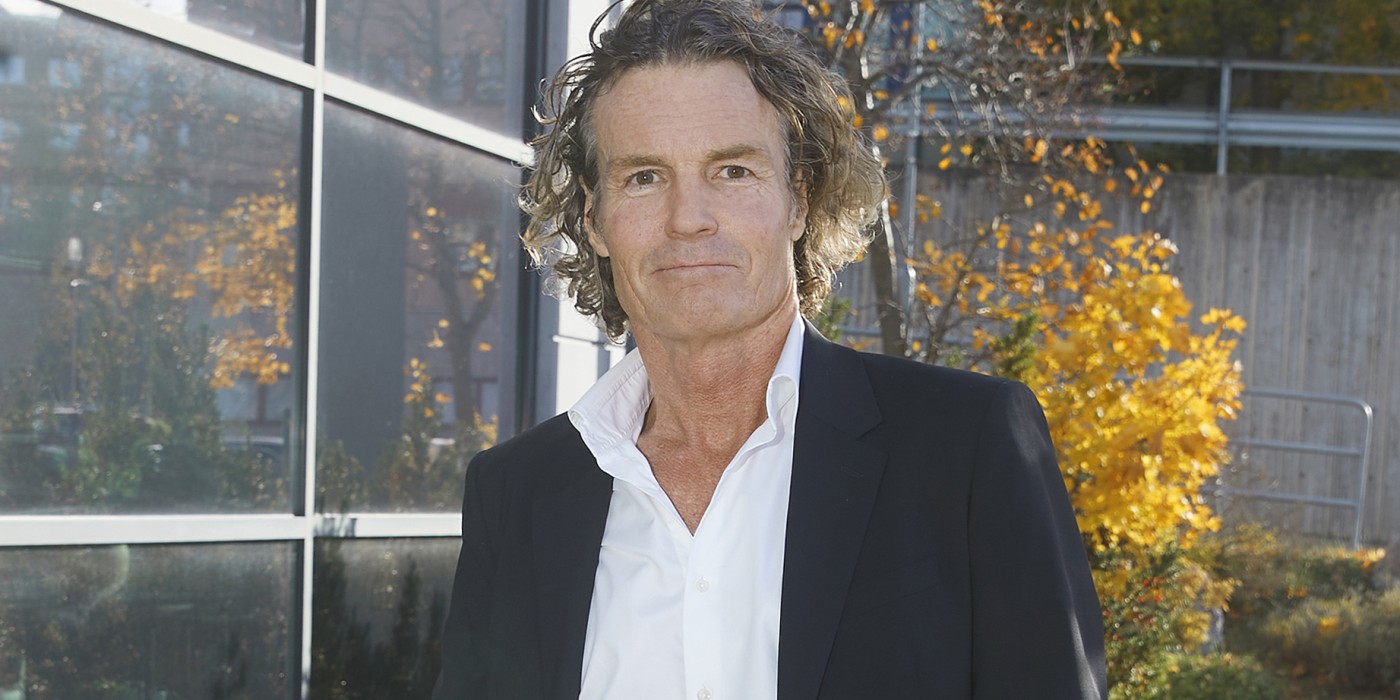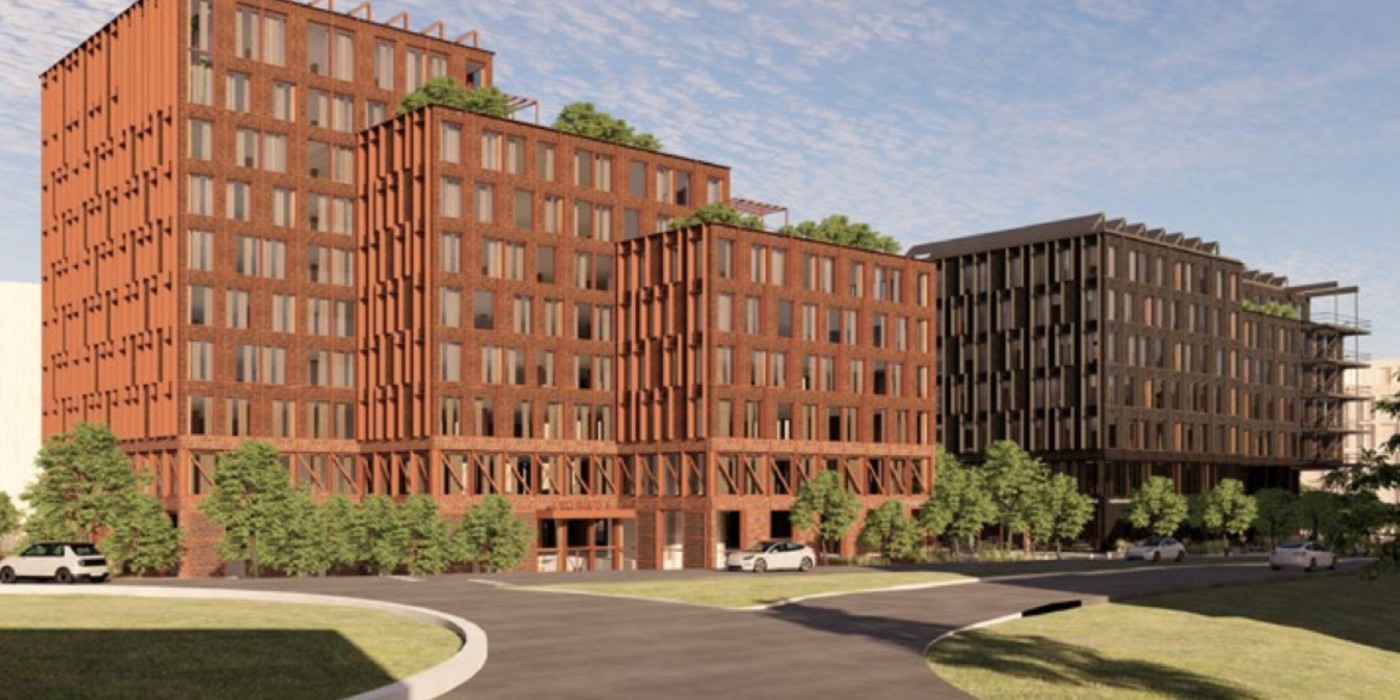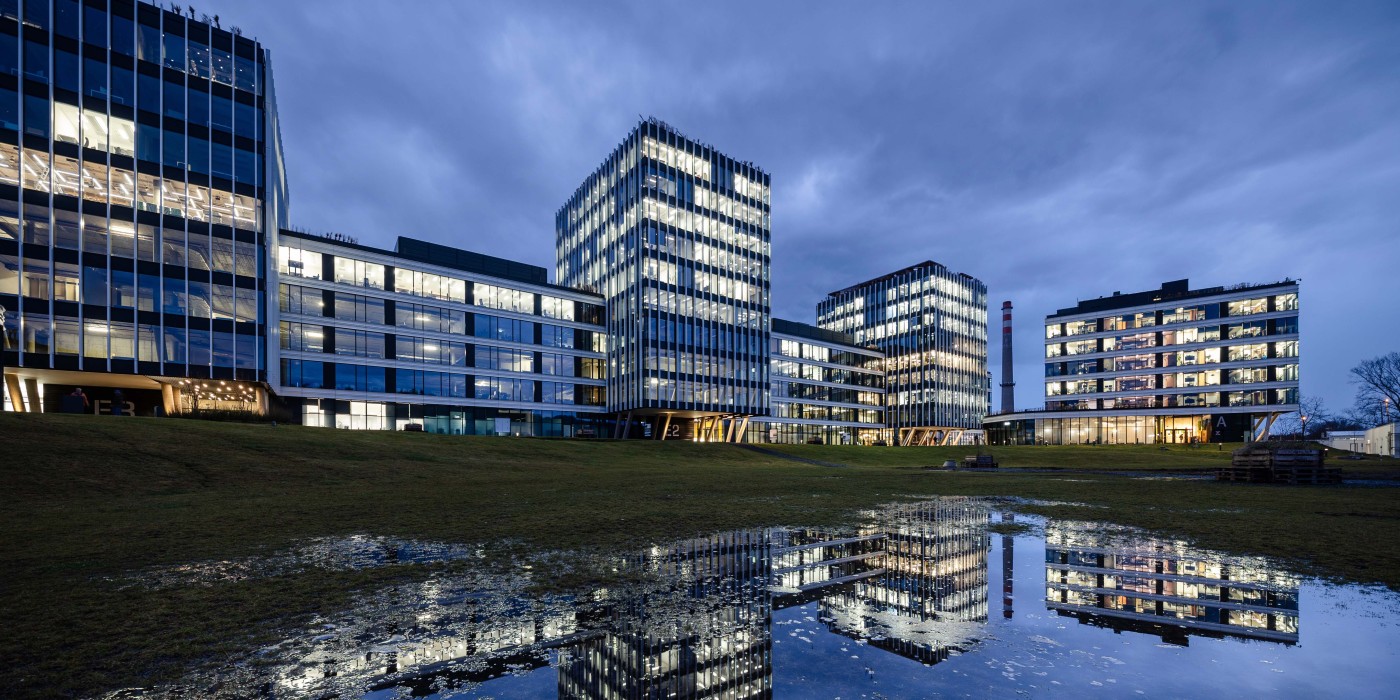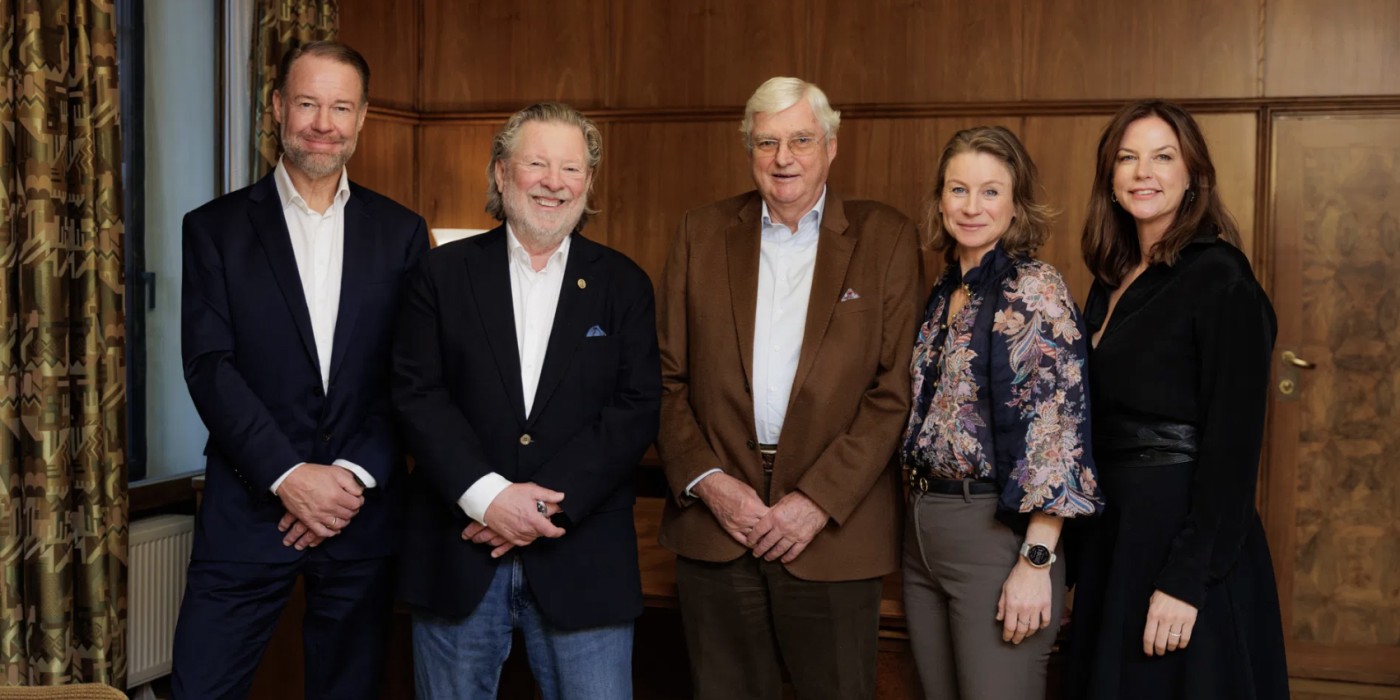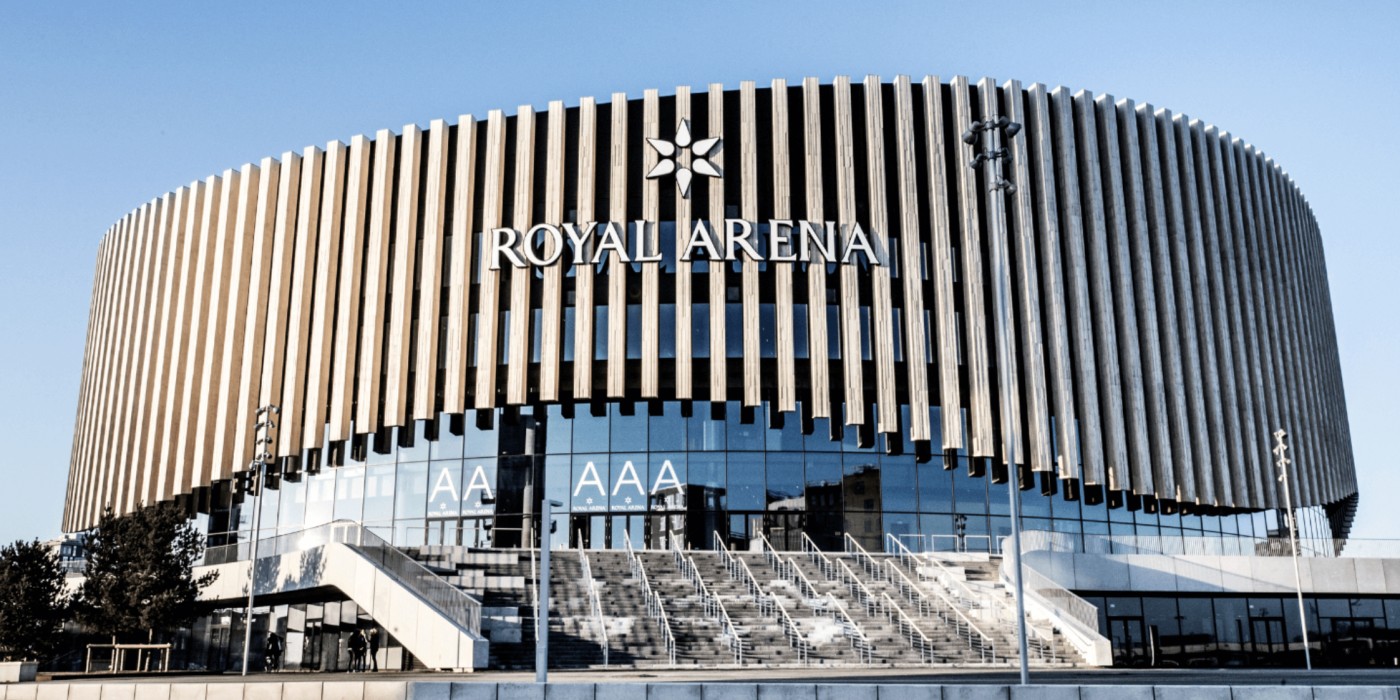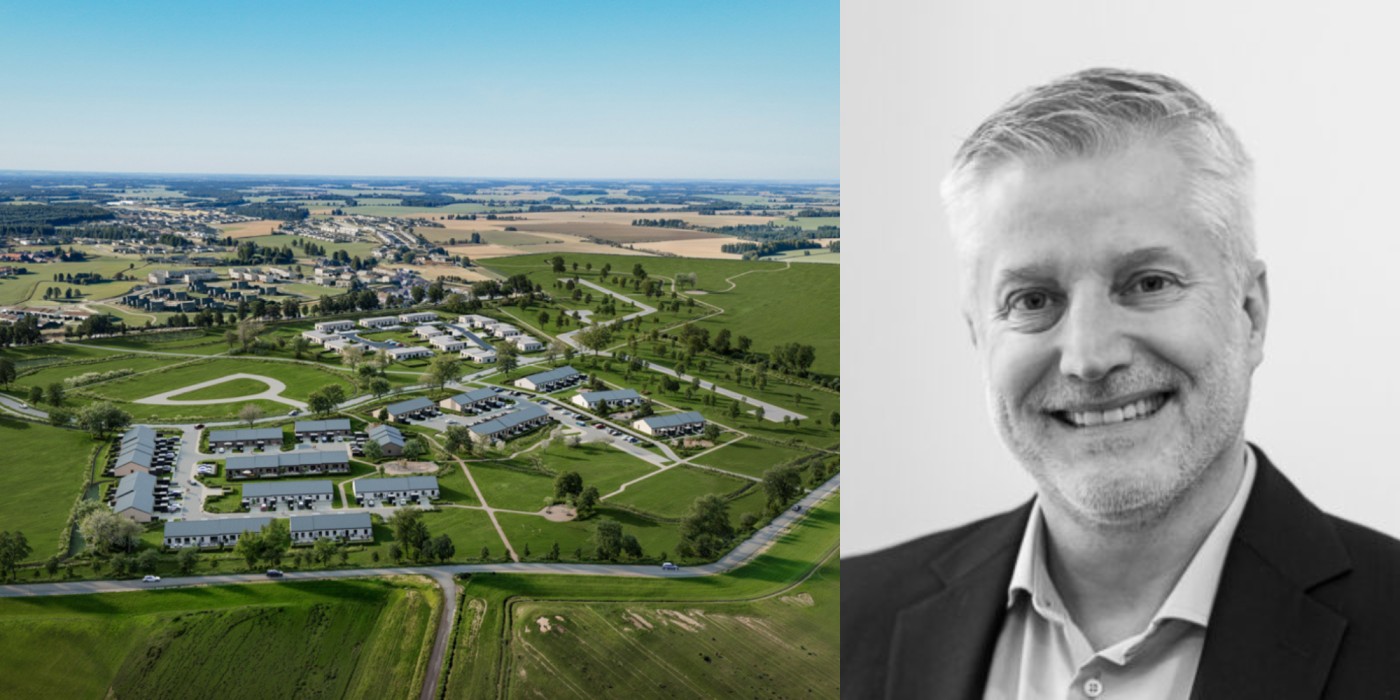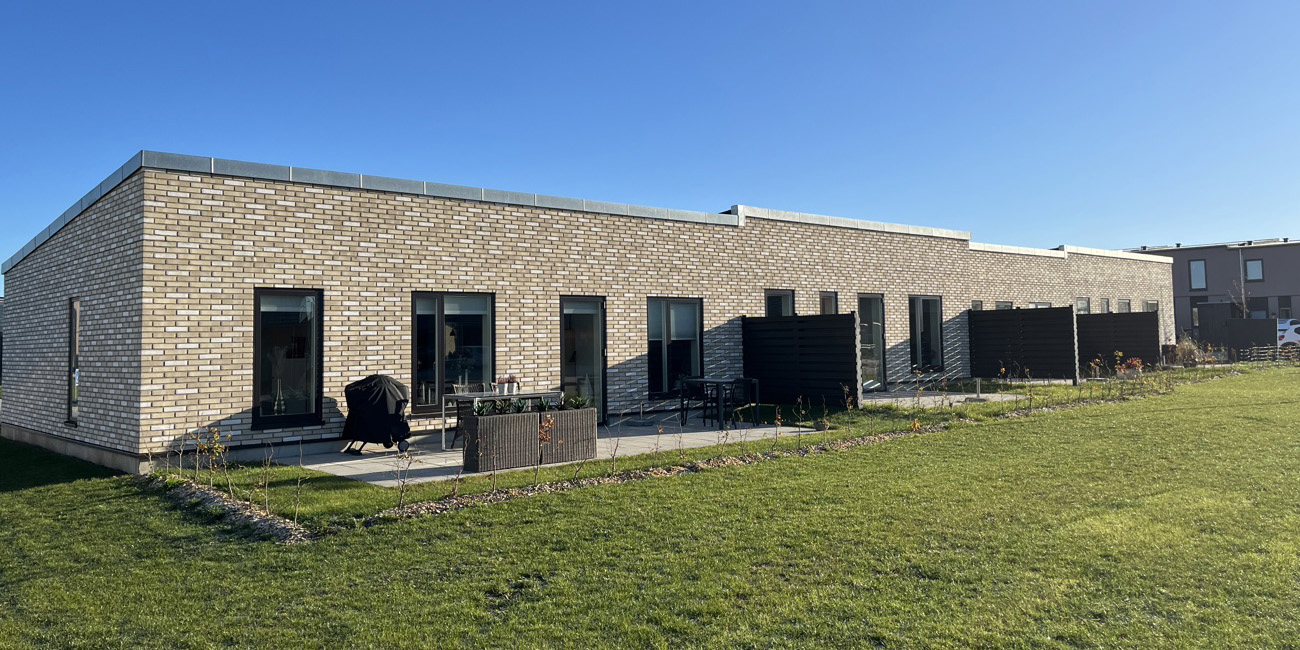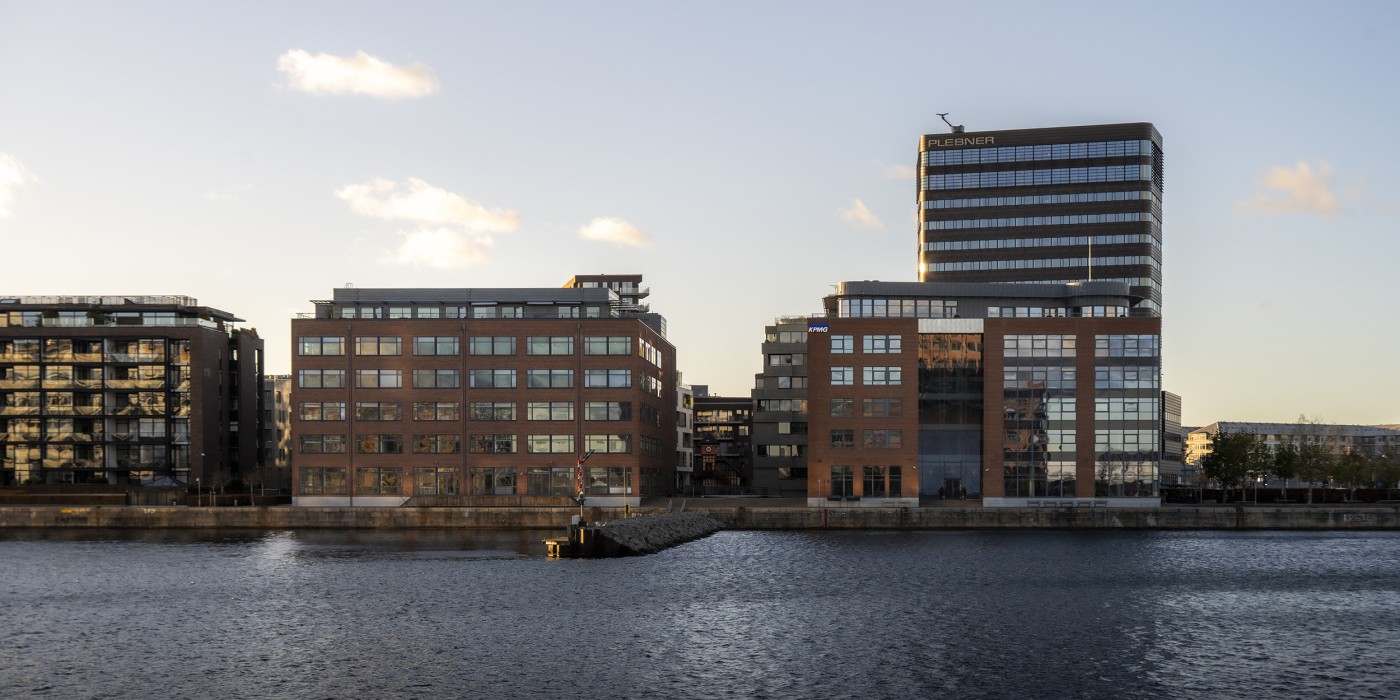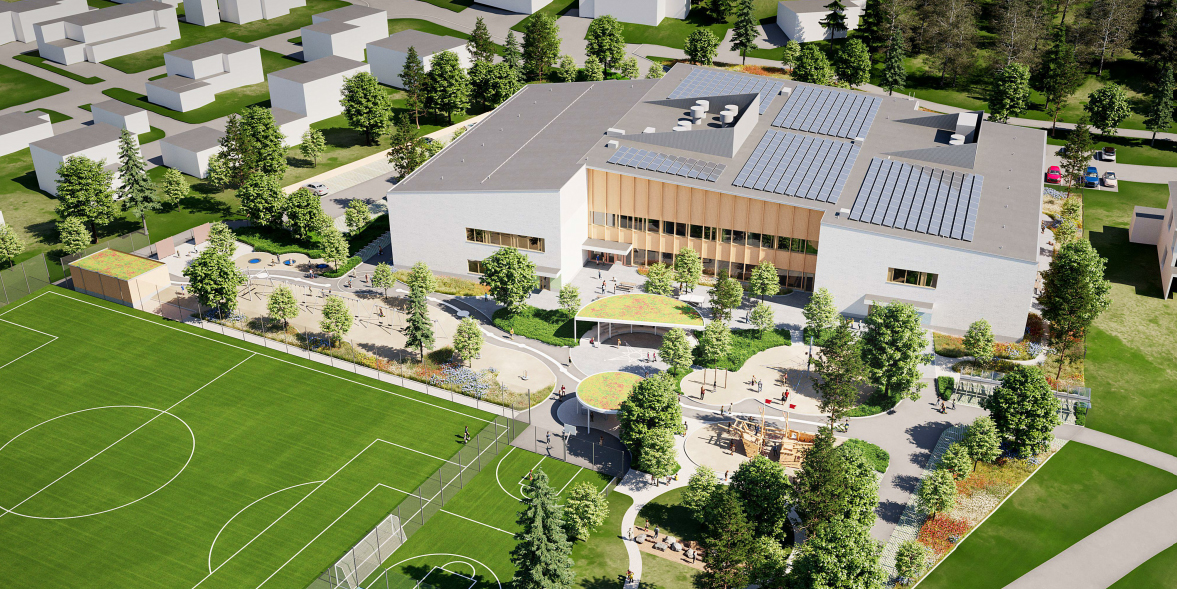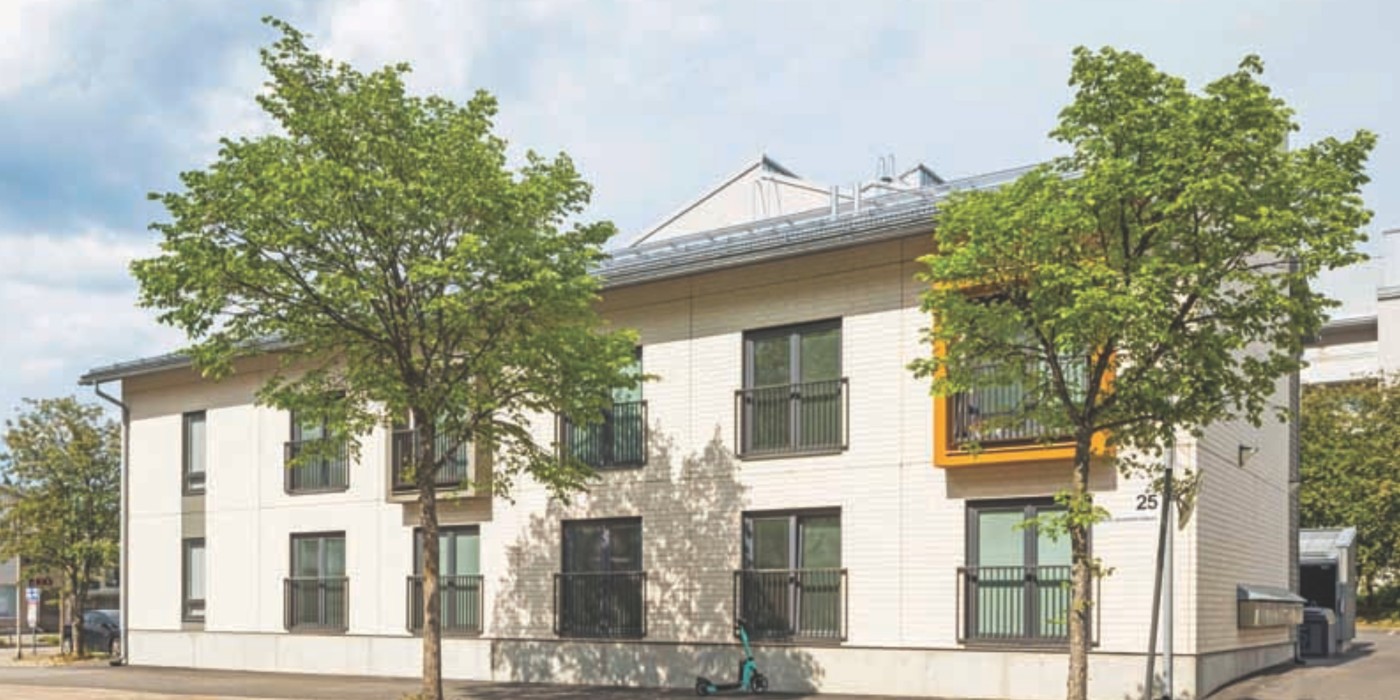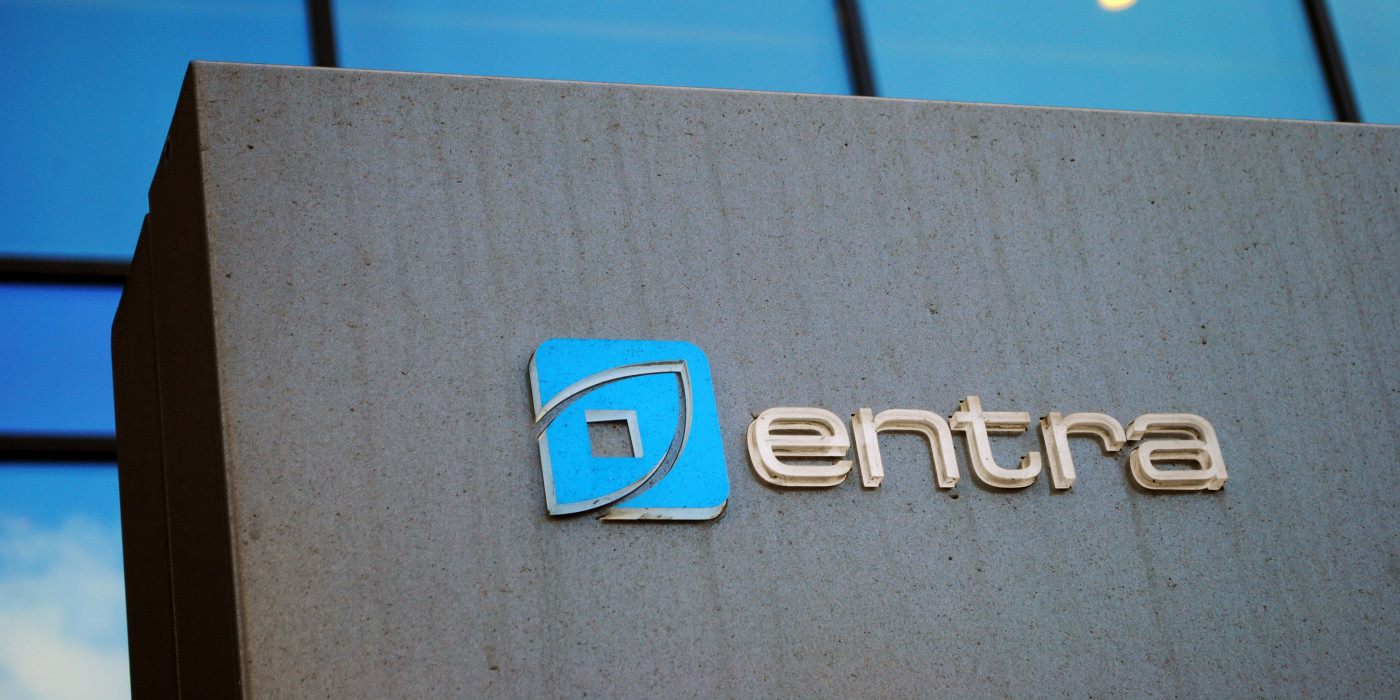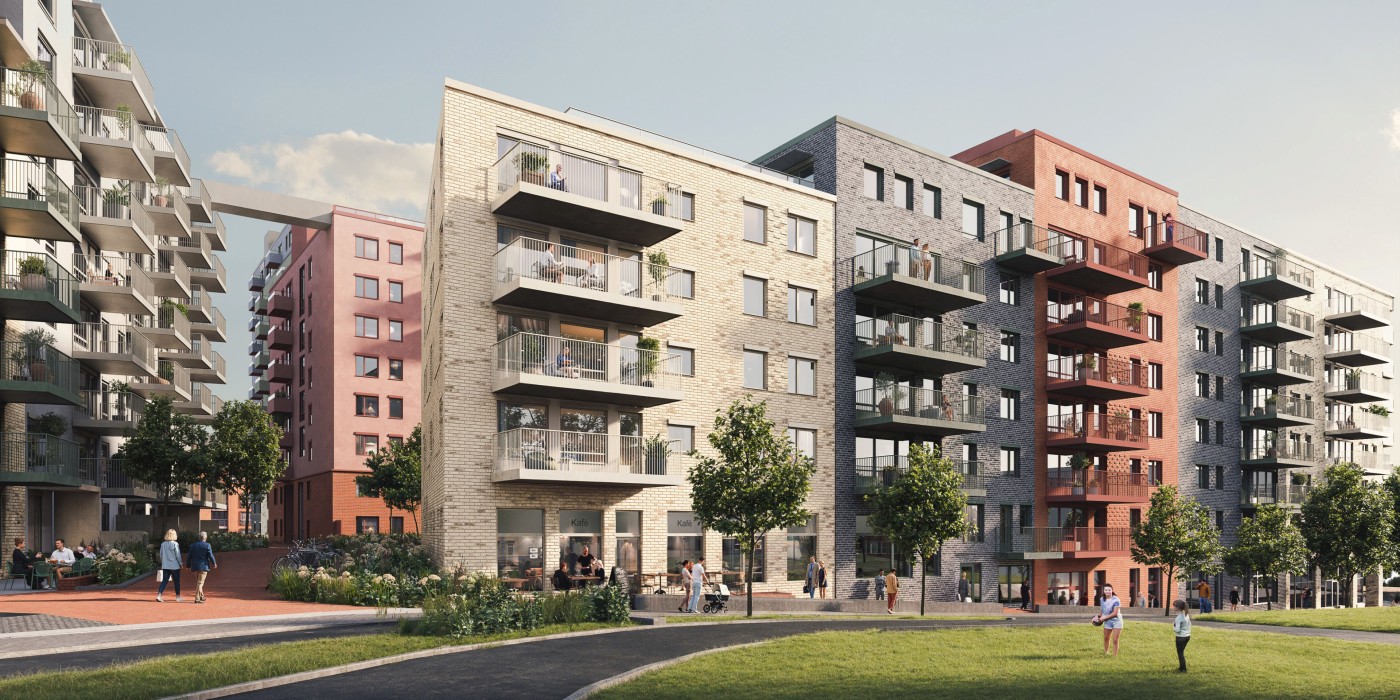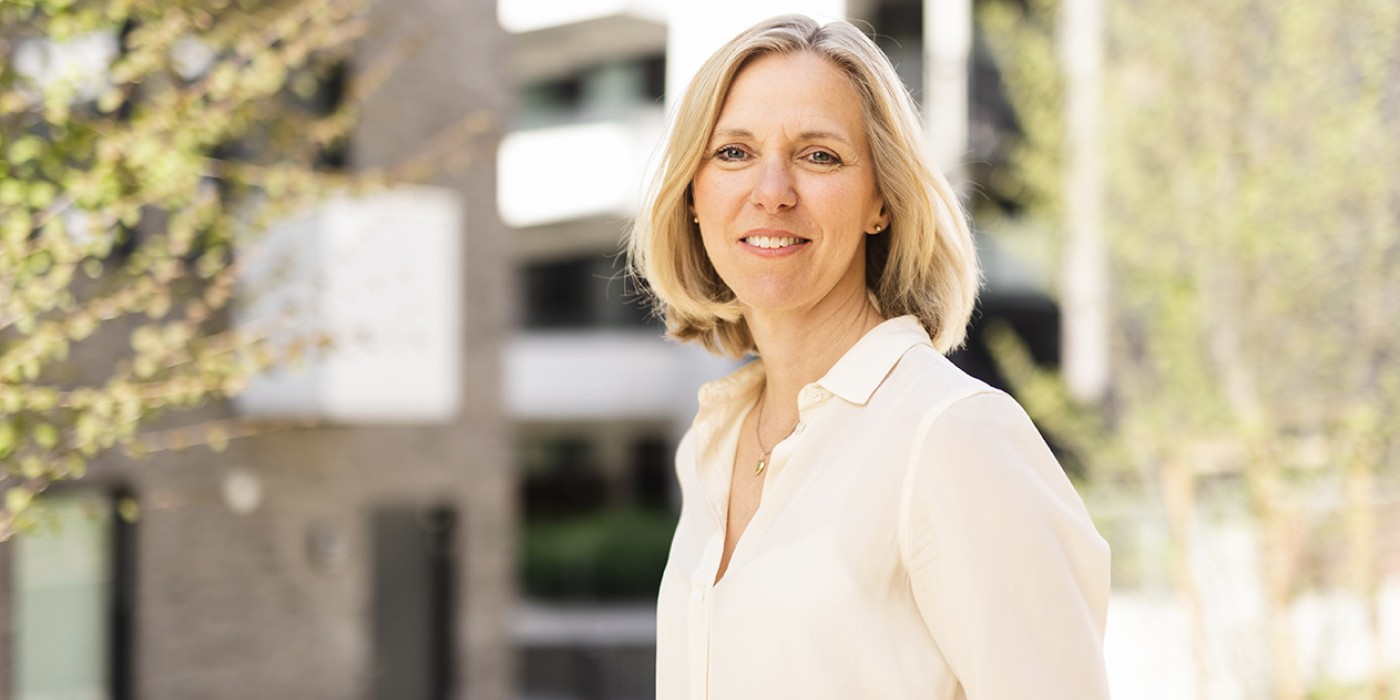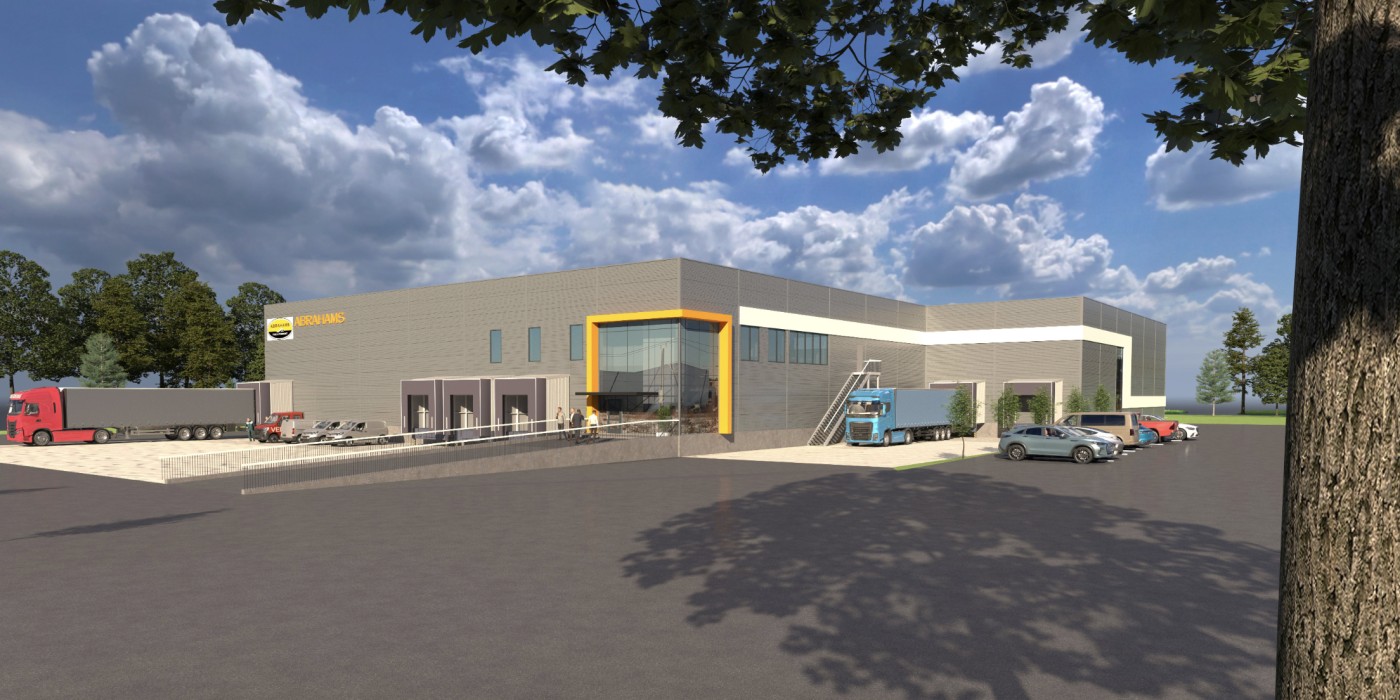“This was an eventful quarter for Veidekke. Production was maintained at close-to-normal levels despite the restrictions imposed to prevent the spread of COVID-19, we achieved higher revenues and profits than last year, and we won new assignments which we look forward to starting on in the months ahead. I am very grateful to our staff, who have responded to challenges professionally, flexibly and creatively, and with great dedication to their industry and Veidekke,” says Group CEO Jimmy Bengtsson.
“We have made important decisions in the first half of the year regarding Veidekke’s future profile, and on how the group can be best equipped for the future. We decided to combine the Norwegian civil engineering and industrial operations in a single business area – Veidekke Infrastructure. Gathering the full breadth of our civil engineering expertise in a single entity will allow us to serve major civil engineering customers in a more coordinated and efficient manner,” says Bengtsson.
“Work on identifying a new ownership structure for the property development operation began in November, and in June the board concluded that a sale was the best solution. This marked the conclusion – on schedule and with a satisfactory outcome – of a focused, efficient process. Once the sale completes in September, Veidekke will be a streamlined construction company with robust financial capacity and strong positions in the Scandinavian markets,” says Bengtsson.
“Covid-19 looks set to have an ongoing impact on society for some time to come, and at present no-one can predict the full consequences. Veidekke is therefore focusing on becoming even better at what we do best: developing and executing profitable construction projects in a cost-effective manner in close collaboration with customers,” says Bengtsson.
The group achieved total revenues of NOK 10.2 billion in Q2, on a par with the same quarter last year. While the construction and property development operations increased sales, the industrial operation’s turnover fell by 22%. This drop is primarily due to a significant decrease in re-surfacing of the public road network in Norway.
The group’s pre-tax profit for the quarter amounted to NOK 501 million, compared to NOK 451 million last year. The construction operation as a whole achieved a profit of NOK 297 million, compared to NOK 251 million in Q2 2019, and all of the individual construction companies improved their profits. The property development operation generated a profit of NOK 138 million, up from NOK 111 million in 2019, following strong sales in Norway and the partial sale of a project in Sweden. The industrial operation’s profit of NOK 80 million, down from NOK 108 million last year, was impacted by reduced volumes and price pressure in the asphalting operation.
The construction operation received new orders valued at NOK 9.9 billion. The order book stands at NOK 35.9 billion, on a par with last year. Two-thirds of the order book will be converted into revenue in the next 12 months.
Net interest-bearing debt, including net housing cooperative debt, amounted to NOK 2.9 billion at quarter-end, while unutilised borrowing capacity totalled NOK 5.3 billion. Veidekke’s financial flexibility going forward is strong. In the second half of 2020, the group will adapt its financing arrangements to the new group structure resulting from the demerger of the property development operation.
Revenues in the first six months of 2020 totalled NOK 19.2 billion, compared to NOK 18.6 billion in the first half of 2019. Growth primarily occurred in the Swedish civil engineering operation and the building construction operations in Gothenburg and Skåne. The half-yearly profit amounted to NOK 484 million, up from NOK 431 million last year. This 12% improvement is primarily attributable to the civil engineering operations.
79 injuries were reported in the second quarter, including two serious cases. The second-quarter lost time injury rate was 4.7, compared to 4.0 in the preceding quarter and in Q2 2019. Veidekke’s sick leave rate was 4.7%, compared to 4.1% in the first quarter and 3.8% in the second quarter of last year. Short-term sick leave returned to normal levels towards the end of the quarter, having increased early in the quarter as a result of the COVID-19 pandemic.

 All Nordics
All Nordics
 Sweden
Sweden
 Denmark
Denmark
 Finland
Finland
 Norway
Norway
